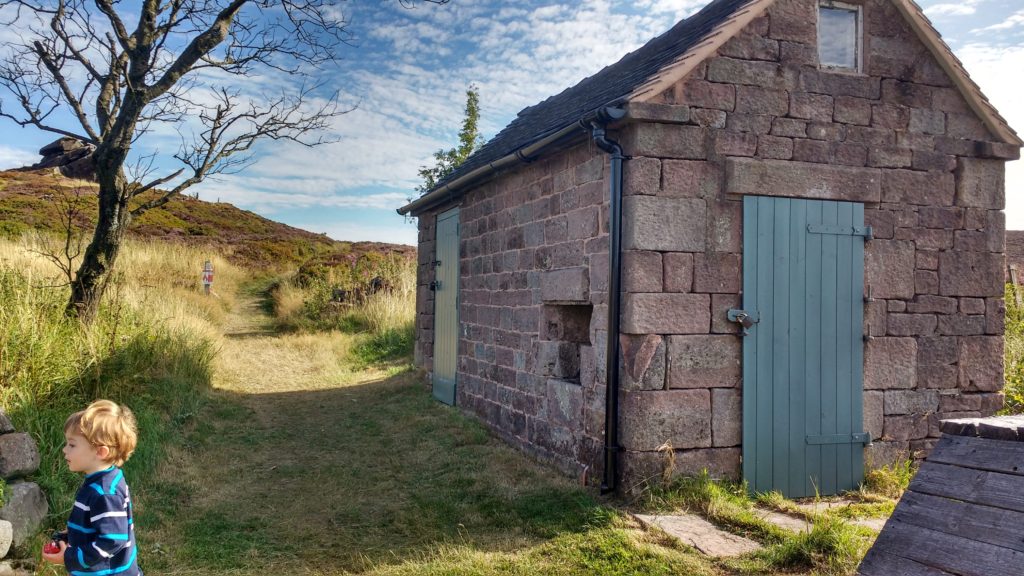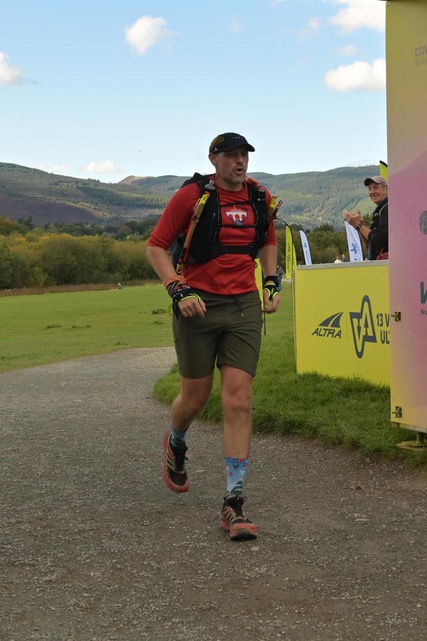
Race: 13 Valleys Ultra 180km race
Runner: TRR Coach David Taylor
Race Date: 09/26/2025
Location: Keswick, Lake District, England
Result: 44 hours and 23 seconds; 62nd of 78 finishers (of 195 starters!)
Strava link: https://strava.app.link/JKohe0SxaXb
3 Bests – What aspects of the race did you like the most?
1. Course difficulty: It’s simply a super tough course, and the 60% DNF rate will attest to that! 184km/ 120 miles with 7000m/ 23,000 feet through all 13 Valleys of the Lake District National Park is no joke!
2. Scenery: The Lake District scenery is stunning, not much more to say.
3. Race feel: There’s a great mix of big race logistics and atmosphere, yet small enough not to feel too commercial.
Not so much – Aspects of the race that didn’t do it for you
1. Drop bags: You only have access to a drop back once, 75 miles in, which makes it difficult logistically.
2. Required gear and pack size: There is a large required kit list, adding up to quite a lot to carry. I needed a 20L pack for all my gear.
Weird factor – What’s the weirdest thing about this race?
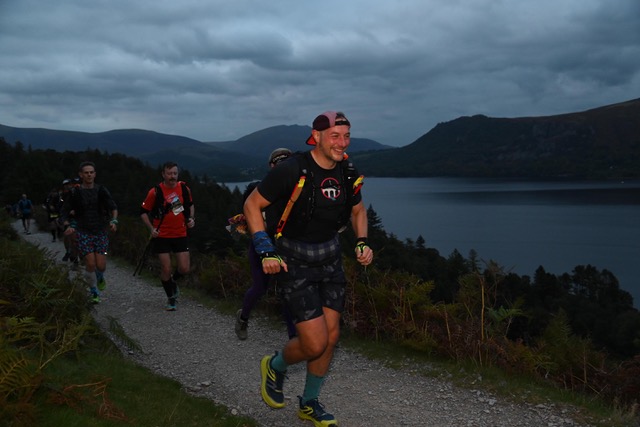
It’s at the end of the Summer season in the Lake District, so the chances of bad weather are much higher. There’s also a lot more darkness – a solid 12 hours per night – so running with a head torch is a key skill, along with navigation for the first 130km, until you pick up the way-marked 5 Valleys route.
Highlights of your race – What did you do well and enjoy about your race in particular?
Just how hard it was! Even with a lot of training, it’s super challenging, but what this race does is force you to tap into your mindset and willpower as much as your muscles, especially when the rain and cold hammer you early on!
My highlight was the run back through Keswick at the end. As I ran, I basically receiving a standing ovation from everyone out shopping and sitting outside the pubs!
Lessons for others – Share your pro-tips on the race to help the next runner
1) Use the drop bag well: have a full change of clothes, including shoes and waterproofs. This might be just enough to get you through the race if/when the weather changes; lots of people dropped out at this aid station because of this.
2) Get comfortable running, navigating, and working in mountains in the dark while carrying a fairly large pack.
3) If possible, check out the route ahead of time. Some of the trails are un-runnable, so being prepared for what’s to come, and knowing how to move efficiently across the boulder fields, is really useful.
Lessons you learned that will help you next time around
1) Plenty of hill training: being able to move efficiently up the hills, and not haven them destroy your legs, will help you get to the end.
2) Being used to using poor weather kit and waterproofs: it’s quite likely that you will need them! Too many people DNF’d because of weather-related issues.
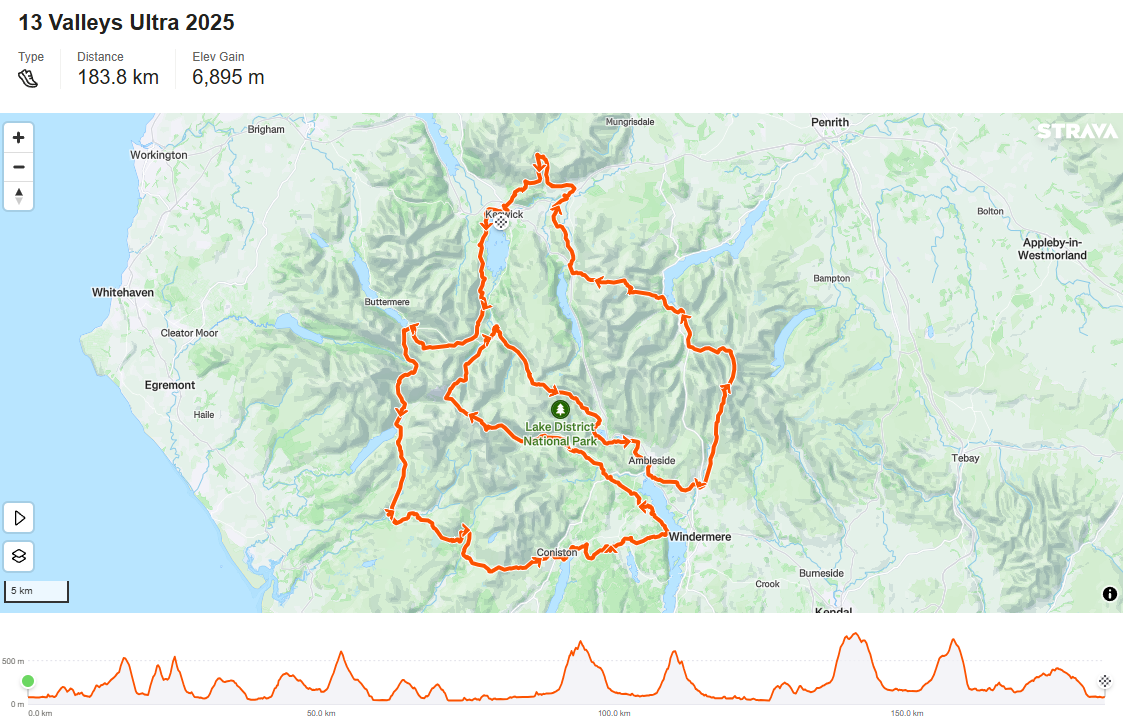
Most important course specific knowledge to know about the race
Nothing beats being able to recce the route ahead of race day. While the course profile is hard, it’s as much the terrain that makes this race difficult: bog, boulders, and large rocks make up a lot of the paths, which just makes progress super slow.
Aesthetics – Is it a pretty course?
One of the major draws of the lakes is the stunning scenery! And when it wasn’t dark, it was simply awe inspiring.
Difficulty – Is it a tough course?
With a completion rate of around 40%, this is very much so a difficult race! The high attrition rate has been consistent, even after increasing the numbers in the race. This year, 240 registered, 195 started, and only 78 finished. The course is as beautiful as it is brutal.
Organized and well run – Did it feel like a well-oiled machine or were they flying by the seat of their pants?
Despite this only being the third year of the 13 Valleys race, it is already top notch in terms of organization and feel. Everything form the event village to the aid stations is dialed.
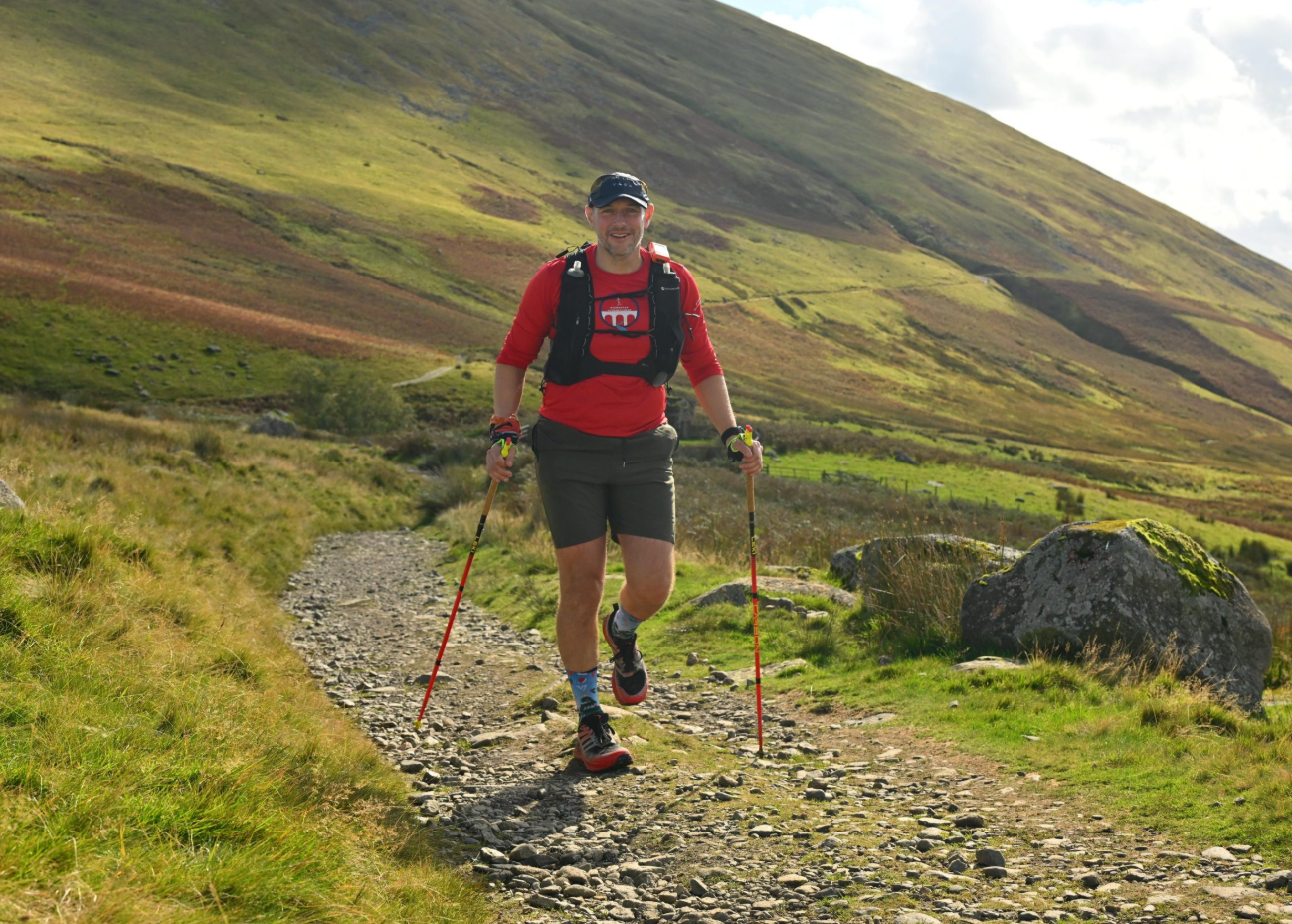
Competition – Is there a strong field?
It’s tough to say as there weren’t any ‘big’ names, but some of the best have ran this in the past and, as the event grows, I’m sure more will be attracted to it.
Logistics – Does it require a special handshake, registration a year in advance, hotels all booked? Give us the low down on the nuts and bolts of making the race happen.
No, at the moment it is first come first served, with entries for the following year open before the race starts at special, super early bird prices as well.
Aid Stations – Standard fare or anything special to know about the aid stations in terms of what’s available or when?
There are 12 aid stations along the course, that have a mix of basic and enhanced fare. The “menus” are available pre-race to allow people to plan and test out the on-course options ahead of time. The longest gap between aid stations was a half marathon, so they were well spaced out. The volunteers were all excellent.
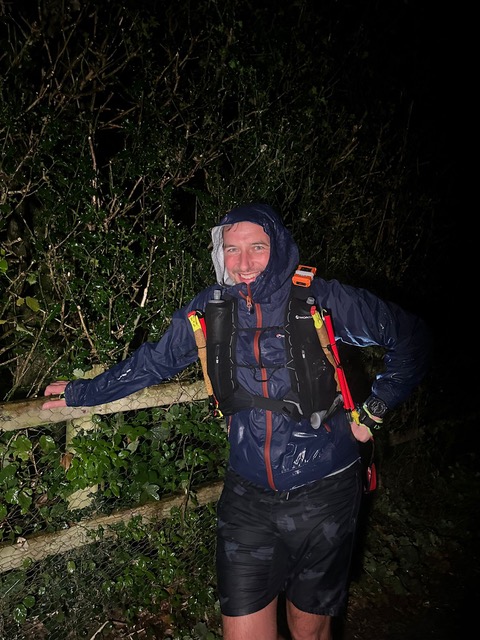
Weather and typical race conditions
13 Valleys takes places at the end of summer in the Lake District, so expect variable weather and race conditions. During my race, it was around 10oC to start, going down to around 1-2oC at tops of the climbs. There was heavy rain and gusts on the first night – some of the paths were in effect turned into rivers. It rained for half the night, 5 or 6 hours, and then brightened up during the day. It was very cold during the second night, probably just above freezing, especially with wind chill (and fatigue).
Gear – Did you need anything special or is there anything you’d recommend for the next runner?
There is a fairly large kit list which you can see online here. I ended up using a 20L pack – the normal 12L one that I use was just too tight. A 20L pack has enough room for you to get things in and out without too much of a squeeze.
Spectators – Is this a friendly course for your friends?
There are certain parts where spectators are allowed. This is clear in the instructions, but crewing isn’t allowed for the 13 Valleys to try and prevent too much erosion on the paths
How’s the Swag?
Fairly basic. Runners get a slate medal that doubles as a coaster and a patch, but I would’ve liked an event t-shirt. There’s plenty of merch available to buy in the event village.
The Overall Score – How many stars do you give this race and do you recommend that others run it?
If you are up for a VERY tough challenge then a good, solid 9/10 from me. There are other versions of the race: 7 Valleys (110K), 5 Valleys (58K), and 2 Valleys (21K) that could be better options to get a feel for this event.

David Taylor is a coach with Team RunRun based in Glasgow, UK. He specializes in trails and ultras for both beginner and intermediate runners, whether you’re just bumping up in distance or looking to improve your next trail race.










